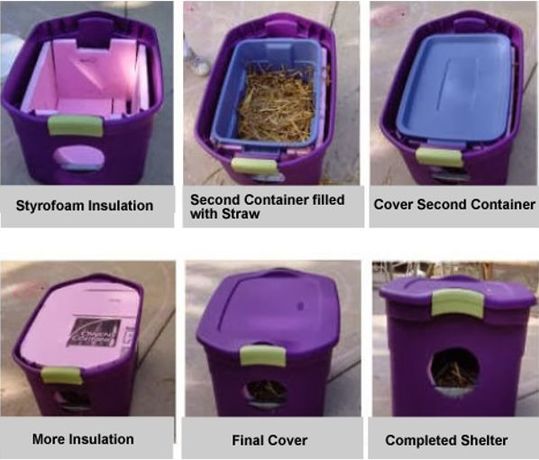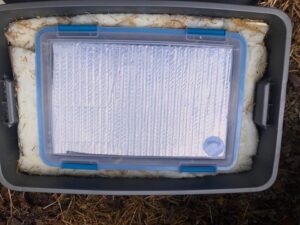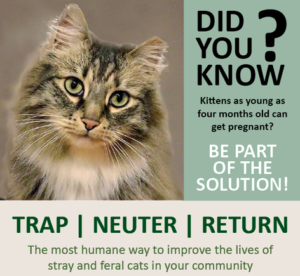 TNR stands for Trap-Neuter-Return. TNR, supported by leading national animal welfare organizations, is the most humane and effective method of controlling the free-roaming cat overpopulation crisis facing virtually every city, town, and rural community in the country. TNR involves trapping the cat, having it spayed/neutered, vaccinated for rabies, left ear-tipped (the universal sign that a community cat has been sterilized and vaccinated), and returned it to its territory.
TNR stands for Trap-Neuter-Return. TNR, supported by leading national animal welfare organizations, is the most humane and effective method of controlling the free-roaming cat overpopulation crisis facing virtually every city, town, and rural community in the country. TNR involves trapping the cat, having it spayed/neutered, vaccinated for rabies, left ear-tipped (the universal sign that a community cat has been sterilized and vaccinated), and returned it to its territory.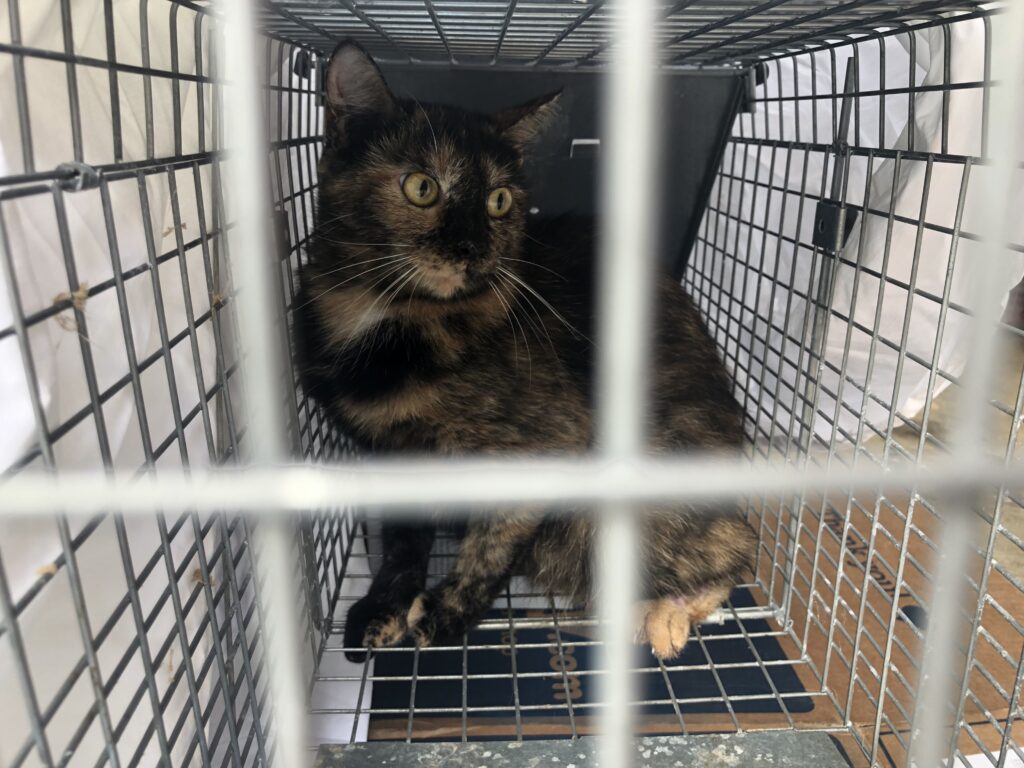
- Trap: Use a safe, humane, live animal trap. They can be purchased online or at any big box home improvement store for around $50.
- Neuter: Trapped cats are spayed or neutered by a veterinarian, vaccinated, and left ear-tipped for identification. We recommend contacting Operation Catnip, they operate a voucher program where feral and free-roaming unowned cats are sterilized at participating local veterinary clinics. Vouchers are $50 per cat and include sterilization, rabies and distemper vaccines, ear crop, and pain medication.
- Return: Altered cats are returned to their neighborhood/territory.
TNR immediately stabilizes the colony, resulting in a gradual decline of the population over time. Also, nuisance behavior often associated with feral cats is dramatically reduced. This includes the yowling and noise that comes with fighting and mating activity and the odor of intact males spraying to mark their territory. The cats tend to roam less and so become less of a visible presence, yet continue to provide natural rodent control, a valuable benefit in urban areas. Because there are hundreds of thousands of free-roaming cats, and because the vast majority cannot be homed, TNR is the best solution. Whenever possible, young kittens and any friendly cats are removed for vetting and socialization and placed for adoption.
If you are conducting TNR on your own there are a few things to remember:
- Do not trap until you scheduled the appointment with a veterinarian!
- Never leave traps unattended for a prolonged period.
- Always immediately place a towel or sheet over the trap once the cats are trapped. This will calm the cat, preventing them from damaging their faces on the traps trying to escape.
- Never conduct TNR in extreme weather conditions, such as heat or cold.
Keeping Cats Warm In Winter
An outdoor shelter gives cats that live outside a place to avoid bad weather, stay warm. It keeps them close to home and will deter them from exploring the neighbors’ yards or areas they’re not welcome. Bigger isn’t always better, because the heat will disperse quickly. Ideally, a shelter is large enough for several cats to snuggle together, creating more body heat.
- Check the shelters regularly to make sure they’re in good condition. Replace straw bedding in the spring and fall.
- Make the shelter waterproof, windproof, and elevated off the ground. Wood pallets are ideal for elevation.
- Bedding: Straw makes the best insulation and bedding because it resists moisture and keeps the shelter warm. NEVER use hay—it retains moisture and will become wet and cold. NEVER use blankets or fabrics for the same reason.
- Watch this video made by local students to see how easy it is to create one in a pinch.
This tutorial shows how to make an excellent long term design.
Here are a few shelters that our volunteers have made and are now in our colonies keeping the kitties warm at night! 
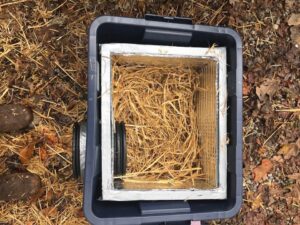
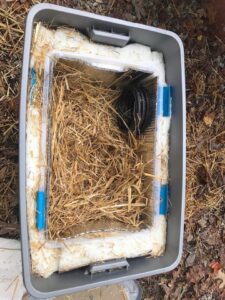
A Few Other Examples


